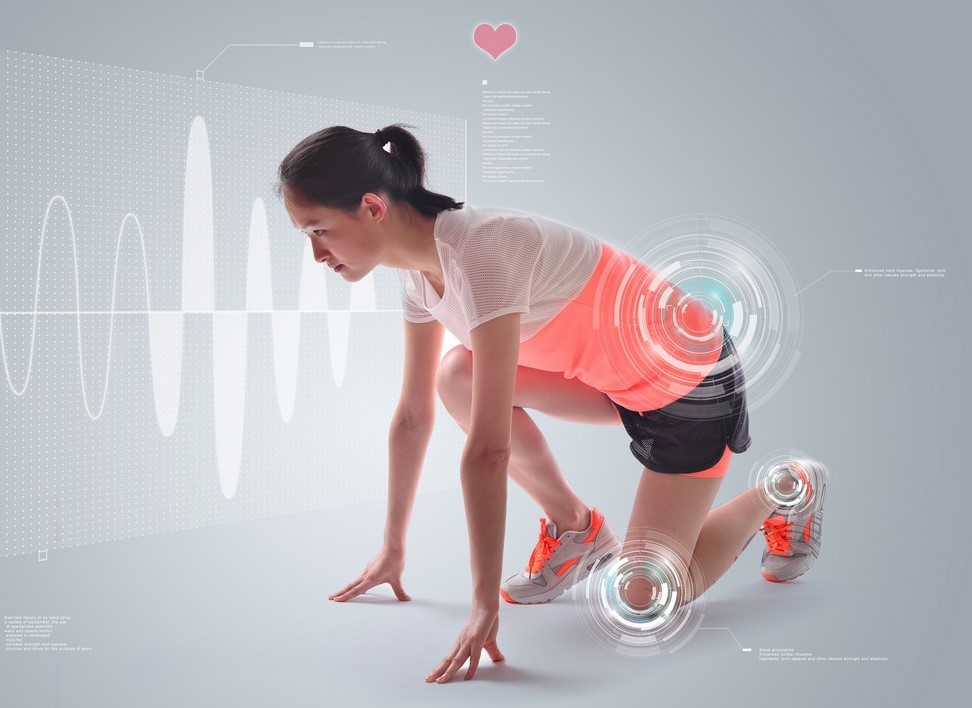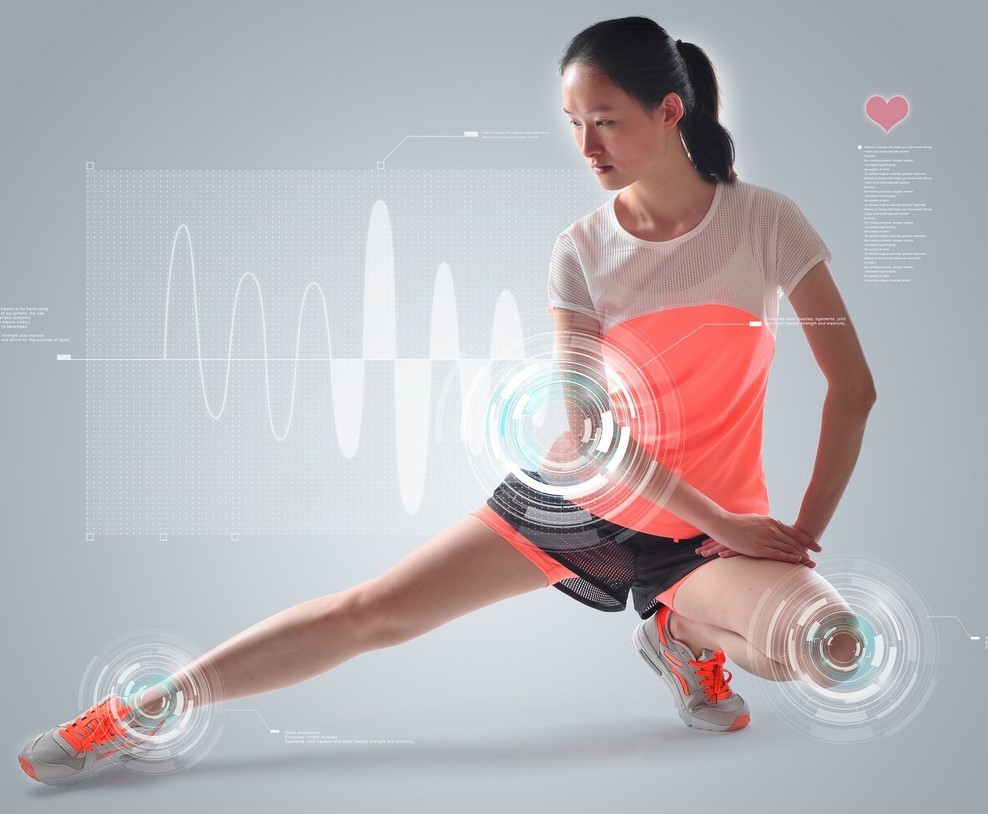If the
high-intensity workout regimens that are all the rage these days are too hard
on your joints (or simply not your style), there is one type of training
program that provides similar benefits, minus the strains and pains. This type
of workout is called peripheral heart action (PHA).
اضافة اعلان
Like
high-intensity training, PHA is time-efficient and yields relatively quick
results. In other words, it offers a similar bang for your buck, making it
worth a try if you are in the market for a new fitness package.
Defining
peripheral heart action
PHA is
a type of circuit training that involves alternating between exercises in rapid
succession. The PHA system is rather unique. While common lifting programs work
different
muscle groups depending on the day of the week, PHA works multiple
large muscle groups in the same session, waffling between upper-body and
lower-body exercises in a single circuit.
Ultimately,
this allows blood to circulate throughout the body more quickly, which can help
boost calorie-burning and potentially increase lean muscle gains.
PHA
derives its rather formal name from creator Arthur Steinhaus, a doctor who
invented the method in the 1940s. It rose to fame in the 1960s after Bob Gajda
won the Mr Universe title. Gajda attributed his success to the fact that he
incorporated PHA into his workout calendar.
Like
many fitness programs, PHA went out of vogue within a couple of decades, but,
thanks to a 2015 study', it has recently begun regaining popularity.
PHA
for beginners
PHA is highly
customizable, allowing you to tailor your workout to suit your current
fitness level and increase the difficulty over time. If you are starting out, it is
best to exercise with light or no weights, fewer circuits, and simpler
exercises. As you build your strength, you can incorporate compound exercises
to work out more muscle groups at once.
For
example, a beginner may start with wall push-ups and build to a more advanced
version combining push-ups with a side plank.
To
start a PHA workout, select six exercises: three upper-body and three
lower-body. As a beginner, try chair squats, assisted lunges, and calf raises
for lower body and wall push-ups, dumbbell rows, and overhead presses for upper
body.

The
next step is to select the proper weights. You should be using weights just
heavy enough to perform 15 repetitions of each exercise (for beginners, body
weight alone might suffice).
To
perform a circuit, alternate between upper-body and lower-body sets, performing
15 reps of each exercise with no rest in between. Once you have completed all
six sets, your first circuit is done. Beginners should perform one to three
circuits, and advanced PHA-ers should perform up to six.
The
science behind the routine
Scientific
data does back PHA as a workout program. In general, high-intensity fitness
regimens significantly improve cardiovascular health but bring with them the
negative side-effect of fatigue.
When
Steinhaus developed PHA, he aimed to circumvent this issue by incorporating
active rests that allow for sustained cardio activity. Working a muscle group
consumes oxygen, sugar, and other nutrients while expelling waste products.
These waste products are naturally removed through the bloodstream, and
increased circulation can facilitate this process.
However,
in
high-intensity exercise, a point is reached when the rate of waste buildup
is higher than that of waste removal, ultimately contributing to fatigue.

Steinhaus
hypothesized that switching between upper-body and lower-body muscle groups
provides rest to one group while maintaining high circulation. This allows you
to exert greater effort and still reap benefits to your cardiovascular health.
Subsequent
studies have supported Steinhaus’ hypothesis, showing that active rest allows
muscles to do more work than static rest. In fact, a 2020 study found that PHA
could better increase muscle strength while significantly improving
cardiovascular health than traditional resistance training.
The
other side of the coin: HIIT
High-Intensity Interval Training (HIIT) is another circuit training method that has gained
massive popularity over the past decade. It has become the gold standard for
maximum-value workouts. Lasting just 10–30 minutes, HIIT routines have similar
benefits to moderate-intensity exercise, but calorie burning continues for up
to two hours after the workout.
One of
the most common types of HIIT is known as Tabata training. In Tabata, you
perform a compound exercise like burpees at high or maximum intensity for 20
seconds, followed by 10 seconds of immediate recovery. This is repeated eight
times in a row, for a total time of four minutes.

Although
this method is very effective at burning calories and fat, it is recommended
that no more than two to three HIIT workouts be performed weekly. This is
because the high intensity increases the risk of overtraining, potentially
leading to injury.
These
high-intensity workouts are effective because they put the whole body under
extreme stress. However, this also means that the joints are under stress,
potentially leading to sprains, strains, or even more serious injuries. The
intensity may also be mentally taxing and overwhelming for beginners.
PHA
vs HIIT
The
2015 study, the catalyst for PHA’s resurgence, examined the effect PHA has on
an individual’s level of fitness, as well as the accompanying health benefits,
to determine if it is a comparable substitute to HIIT.
One of
the key differences found between the two methods is the effect on strength.
Compared with HIIT, PHA showed greater strength building in all muscle groups,
especially in the upper body. Two factors are likely at play here. First is
PHA’s improved circulation, which contributes to relatively lower levels of
fatigue and higher levels of work done.
The
second factor rests on the nature of the two methods. HIIT does involve
resistance training, but cardio is more greatly emphasized. PHA, on the other
hand, combines both cardio and resistance training.
The
most important study objective was to determine whether PHA is a valid
substitute for HIIT in terms of cardiovascular benefits. Since HIIT is more
cardio-intensive, it comes as no surprise that study participants who focused
on HIIT training witnessed significantly improved cardiovascular health
indicators. However, PHA training also provided the same significant
improvements, and it was found that there were no notable differences between
the two groups.
According
to this study, PHA can be considered a viable alternative to HIIT training. The
actual choice of routine, however, may come down to personal preference. HIIT
is most famous for its fat- and calorie-burning powers, but it does come with a
high risk of potential injury. The study did not examine potential risks of the
two regimes, so further testing should be implemented to measure these factors.
At the
end of the day, if your goal is to improve strength and avoid fatigue and
injury, then PHA may just be the better option.
Read more Health
Jordan News



